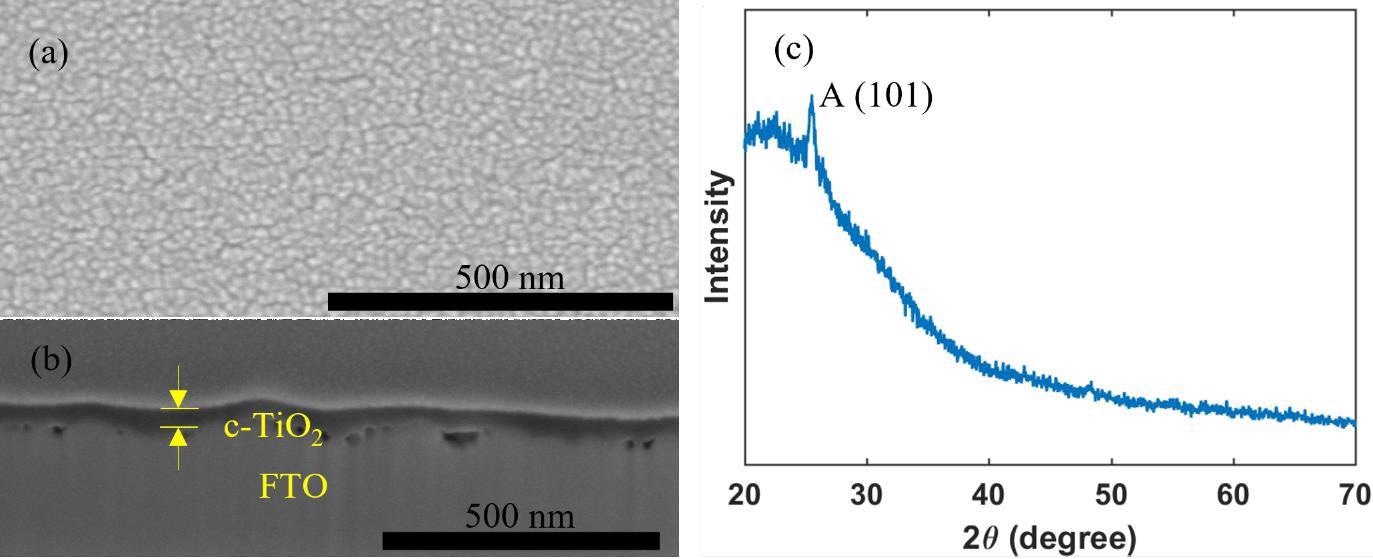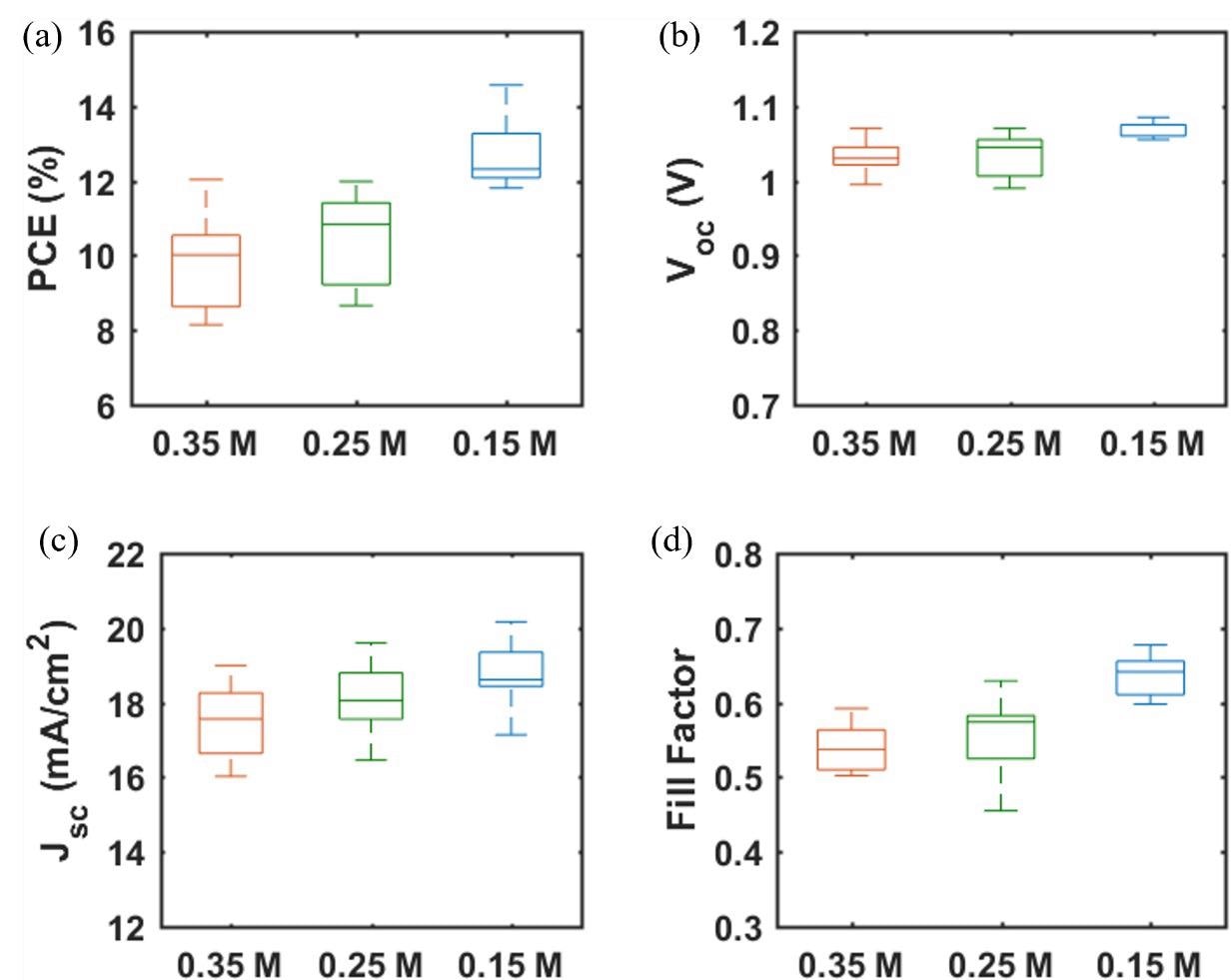A study published in the journal Materials has investigated the use of 3D printing technology to manufacture the electron transport layers for photovoltaic devices.

Study: Inkjet-Printed Electron Transport Layers for Perovskite Solar Cells. Image Credit: Thongsuk7824/Shutterstock.com
3D printing is one of the key emerging technologies of the 21st century. Recently, 3D printing has been explored extensively for the fabrication of components and materials in solar cells, another key technology that is helping to address the climate change emergency.
Electron Transport Layers
Electron transport layers are crucial components in photovoltaic perovskite solar cell devices. They capture the photo-generated electrons and transport them to the conductive contact layer. The most widely used material for electron transport layers in perovskite solar cells is TiO2, due to its superior thermal and chemical stability, low cost, abundance, and chemical robustness.
Additionally, its conduction band aligns well with perovskite materials.

(a) Top view; (b) cross section SEM images; and (c) XRD pattern of an inkjet-printed c-TiO2 layer. Image Credit: Lu, D et al., Materials
The preferred structure for a TiO2 electron transport layer is a bilayer of a compact TiO2 film and a mesoporous TiO2 layer. This morphology achieves a power conversion efficiency that exceeds 25%. However, challenges exist with this material which affects its performance under extended periods of UV illumination, as light can degrade it. Additionally, inefficient charge transfer leads to problems with charge recombination and hysteresis.
Numerous strategies have been proposed and investigated to overcome these issues, with varying degrees of success. These include doping, manufacturing graphene/ TiO2 composite materials, interface engineering, and surface passivation.
ll these strategies do not effectively suppress the phenomenon of scan-direction hysteresis. For this reason, alternative transport materials are being investigated as these may provide solutions to these challenges.
Alternative Electron Transport Materials
Recent studies have demonstrated the enhanced charge transport properties of alternative materials such as SrTiO3 and SnO2. SrTiO3 displays a similar bandgap to TiO2 and good band alignment with perovskites. Recombination issues are reduced due to the material’s high electron mobility.
Studies have demonstrated that due to the larger size of SrTiO3 nanoparticles, electron transport layer materials based on them display enhanced open-circuit voltage and a lower short-circuit density.
However, there are some challenges with SrTiO3. Graphene/ SrTiO3 composite electron transport layers compensate for the material’s low current density. Designing perovskite solar cells with compact SrTiO3-based electron transport layers with smaller particles improves their stability and enhances electron transport.
Other strategies such as doping have been explored to improve the stability and photovoltaic performance of solar cells with these electron transport layers.

Cross-section SEM images of Device (a) S1, (b) S2, (c) S3, (d) S4, (e) S5, and (f) a spin-coated, TiO2-based PSC. Image Credit: Lu, D et al., Materials
SnO2 has favorable chemical and electrical properties that make it an attractive alternative material for electron transport layers. It possesses a deep conduction band and high electron mobility. Both these properties enhance the extraction and transport of electrons from the perovskite layer.
Additionally, it retains its stability under prolonged UV illumination and has a wide bandgap. Recent studies have explored techniques such as doping and utilizing gradient interlayers to enhance the stability and photovoltaic performance of SnO2-based perovskite solar cells.
Utilizing 3D Printing to Fabricate Perovskite Solar Cell Electron Transport Layers
3D printing is a technology that has gained prominence in recent years in a variety of industries due to its low cost, sustainability facile operation, customizability of parts, and additive-free manufacturing processes. 3D printing processes are easily scalable to industrial levels.
Using 3D printing for the manufacture of perovskite solar cells at scale helps reduce waste and the consumption of raw materials. It is far more sustainable and cost-effective than traditional spin-coating methods.
3D printing has been extensively explored in recent years for the fabrication of perovskite solar cell components and materials including electrodes and perovskite absorbers. In the study published in Materials, the authors have specifically focused on 3D inkjet-printed electron transport layers.
The study has identified a lack of studies on inkjet printed TiO2 electron transport layers for photovoltaic solar cells, very few studies on 3D printed SnO2 electron transport layers, and no literature on printed SrTiO3 layers.

(a) PCE, (b) VOC, (c) JSC, and (d) FF of PSCs based on mp-SrTiO3 ETLs inkjet-printed with SrTiO3 nanoparticle inks of different concentrations. Data are obtained from 9 devices of each type. Image Credit: Lu, D et al., Materials
The authors state that, to their knowledge, only one study has been performed on 3D printed SnO2 electron transport layers. The best-reported device efficiency was 18.8%. Therefore, there is eminent research possibility to expand the number of printed electron transport layers in the future.
The study has presented various 3D printing processes for electron transport layers that will enhance their properties. Areas explored include ink design optimization, film uniformity, and device performance. Additionally, the importance of solvents used to facilitate nanoparticle dispersion was investigated in the study. A key finding in the research was that cosolvent inks display beneficial drying properties that help to create a uniform film formation.
The authors have stated that the electron transport layer printing processes developed in this research will be used in future work that will explore the use of fully 3D printed perovskite solar cells.
Further Reading
Lu, D et al. (2021) Inkjet-Printed Electron Transport Layers for Perovskite Solar Cells [online] Materials 14(24) | mdpi.com. Available at: https://www.mdpi.com/1996-1944/14/24/7525
Disclaimer: The views expressed here are those of the author expressed in their private capacity and do not necessarily represent the views of AZoM.com Limited T/A AZoNetwork the owner and operator of this website. This disclaimer forms part of the Terms and conditions of use of this website.